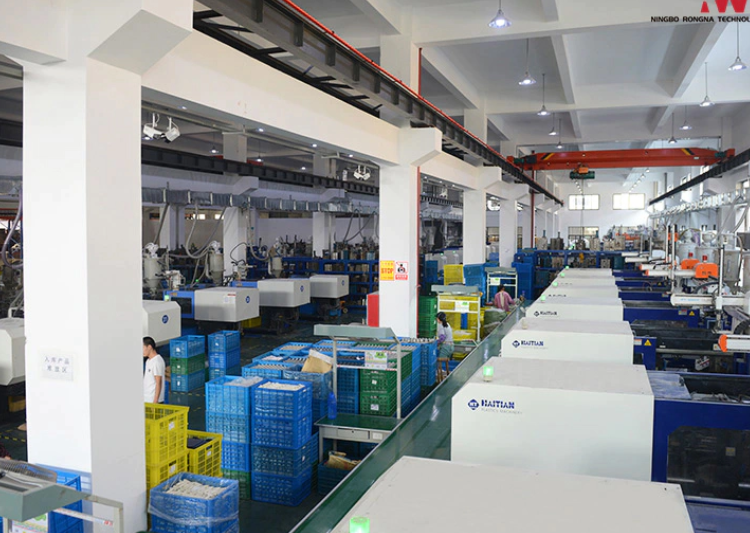Plastic injection molding is a versatile manufacturing process that enables the production of a wide range of plastic parts and products. It offers significant innovation and design freedom, unlocking various possibilities and benefits:
Complex Geometries: Injection molding allows for the creation of intricate and complex part designs that would be difficult or impossible to achieve with other manufacturing processes. The molten plastic is injected into a mold cavity, which can be precisely shaped to produce intricate details, undercuts, and fine features in the final product.
Design Flexibility: Injection molding provides designers with the freedom to create parts with diverse shapes, sizes, and functionalities. It supports the integration of multiple components into a single part, eliminating the need for assembly and reducing overall costs. This flexibility allows for the optimization of part performance and functionality.
Material Selection: Injection molding works with a wide range of thermoplastic materials, offering versatility in material selection. Engineers can choose from various plastics with different properties, such as strength, flexibility, transparency, and heat resistance, to meet specific application requirements. This enables the production of parts suitable for different industries, from automotive to medical.
Cost-Effective Production: Injection molding is a highly efficient and cost-effective manufacturing method for producing large quantities of plastic parts. Once the mold is created, the production process becomes highly automated, reducing labor costs. The high production speed and repeatability of the process further contribute to cost savings.
Enhanced Surface Finishes: Injection molding can deliver parts with excellent surface finishes, eliminating the need for additional finishing operations. This is particularly advantageous for consumer products or parts that require a visually appealing appearance.
Reduced Waste: The injection molding process minimizes material waste by utilizing only the necessary amount of plastic required for each part. Any excess material can be recycled and reused, reducing environmental impact and material costs.
Scalability: Injection molding offers scalability, making it suitable for both small-scale and large-scale production. The ability to produce high volumes of parts efficiently makes it an ideal choice for mass manufacturing.
Overall, plastic injection molding empowers manufacturers to explore innovative designs, produce high-quality parts at a lower cost, and respond quickly to market demands. Its design freedom, coupled with material versatility and production efficiency, makes it a valuable process in various industries, driving product innovation and market competitiveness.

